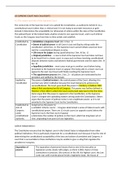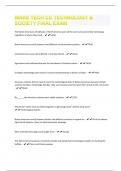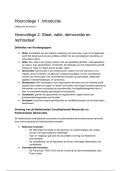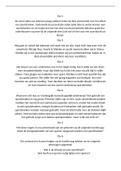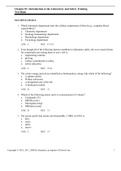Summary
Summary Edexcel Politics US Supreme Court revision guide - based on 2022 exam advanced information
- Institution
- PEARSON (PEARSON)
A revision guide covering US Supreme Court based on the 2022 exam advanced information - is still useful for all A-Level examination years. Notes are taken from the textbook and classwork for a thorough revision resource. The summary includes key court cases that may be used as examples in essay ...
[Show more]
